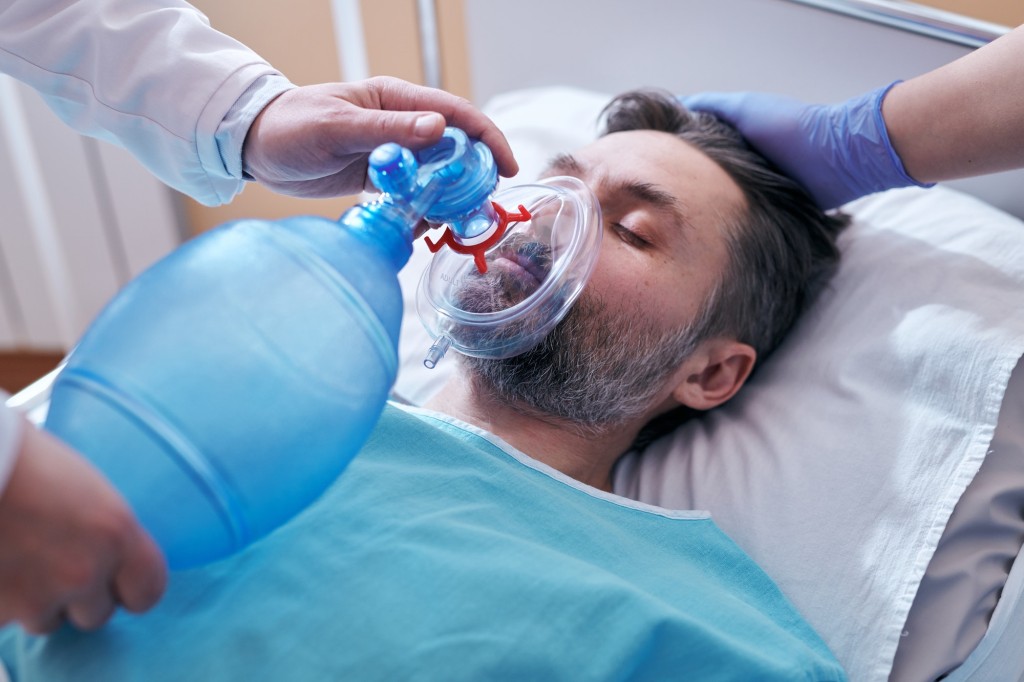
In emergency situations, providing rescue breaths is a critical component of cardiopulmonary resuscitation (CPR). Traditionally, mouth-to-mouth ventilation has been the primary method used to deliver these breaths. However, alternative methods such as bag-valve-mask ventilation have gained popularity due to their effectiveness and ease of use.
Advantages of Bag-Valve-Mask Ventilation
One significant advantage of using a bag-valve-mask device is its ability to deliver higher oxygen concentrations compared to mouth-to-mouth ventilation. The mask creates a tight seal over the patient’s face, preventing air leakage and ensuring that all delivered air goes directly into the lungs. This feature is particularly beneficial in cases where patients require high levels of oxygen supplementation, such as those experiencing respiratory distress or cardiac arrest.
Another advantage is that bag-valve-mask devices allow rescuers to provide positive pressure ventilation. By squeezing the bag, rescuers can force air into the patient’s lungs even if they are unable to breathe on their own. This feature is especially crucial in situations where patients have lost consciousness or are experiencing severe respiratory distress.
Furthermore, bag-valve-mask devices can be used with supplemental equipment such as oxygen reservoir bags or carbon dioxide detectors. These additions enhance the efficiency and safety of rescue breath delivery by ensuring adequate oxygenation and monitoring exhaled carbon dioxide levels during resuscitation efforts.
Disadvantages of Bag-Valve-Mask Ventilation
Despite its advantages, there are also some limitations associated with using bag-valve-mask ventilation as an alternative method for providing rescue breaths. One significant disadvantage is that it requires proper training and practice to ensure effective use. Rescuers must be familiar with correct mask placement techniques, adequate ventilation rates, and the appropriate amount of pressure to apply while squeezing the bag. Without proper training, there is a risk of inadequate ventilation or excessive airway pressure, which can lead to complications such as gastric inflation or lung injury.
Additionally, bag-valve-mask devices may not be suitable for all patients. Individuals with facial trauma, facial hair, or anatomical abnormalities may have difficulty achieving an adequate mask seal. In such cases, alternative methods like supraglottic airway devices or endotracheal intubation may be more appropriate.
Furthermore, bag-valve-mask ventilation requires at least two rescuers: one to hold the mask in place and create a seal over the patient’s face while the other squeezes the bag to deliver breaths. This reliance on multiple rescuers can be challenging in situations where resources are limited or when only one rescuer is available.
In conclusion, alternative methods for providing rescue breaths, such as bag-valve-mask ventilation, offer several advantages over traditional mouth-to-mouth ventilation. These devices allow for higher oxygen concentrations and positive pressure ventilation while also providing options for supplemental equipment use. However, they require proper training and practice to ensure effective use and may not be suitable for all patients. Despite these limitations, bag-valve-mask ventilation remains a valuable tool in emergency situations where immediate respiratory support is crucial.
